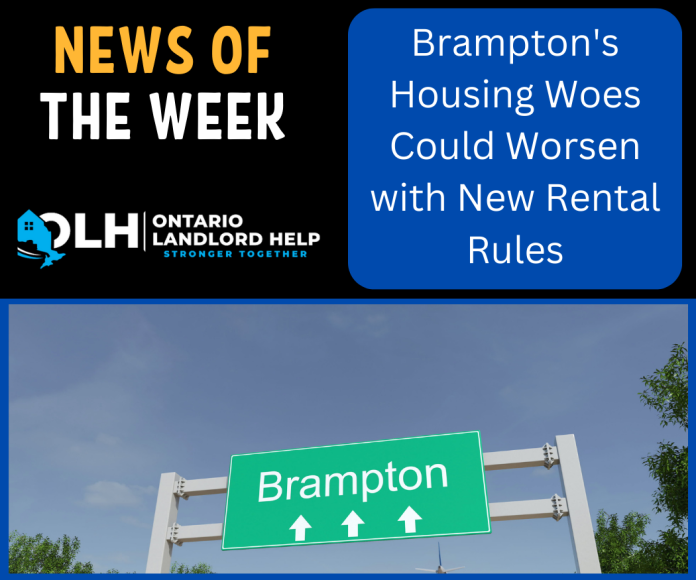- Concerns Raised: Brampton city council members are worried that proposed changes to Ontario’s rules on garden suites and additional rental units (ARUs) could worsen existing housing and safety issues for renters.
- Provincial Announcement: Last month, the provincial government announced plans to revise the Planning Act to facilitate the development of additional rental units across Ontario. Changes include:
- Adjustments to lot coverage
- Changes to minimum lot sizes
- Revised separation distance regulations
- Councillor Comments: Councillor Rowena Santos stated, “All of the issues we are trying to address through the Rental Registration Licensing program are going to worsen if this legislation is passed.” Proposed changes would set a maximum separation distance of four metres between homes and ARUs across the province, overriding local zoning laws.
- Rental Licensing Program: Brampton’s rental licensing program aims to bring an estimated 16,000 unregistered rental units into compliance. This program requires landlords renting four or fewer units in specific wards to register with the city. The council is also considering pausing new ARU constructions due to overcrowding and safety concerns.
- Current and Proposed Requirements:
- Currently, ARUs in Brampton must be at least four metres from the primary residence.
- The new rules would reduce this requirement to three metres, potentially complicating safety measures.
- Impact on Other Municipalities: In Hamilton, the proposed changes would halve the maximum separation distance from 7.5 metres to 4 metres.
- Safety Concerns: Council members worry that reducing the distance could hinder emergency responders and increase the risk of fire spreading between properties.
- Development Patterns: The proposed changes would allow up to three ARUs on residential lots in urban areas with at least 45 percent lot coverage, which officials argue could lead to inappropriate development patterns.
- Provincial Claims: The province claims these regulations will eliminate the need for landowners to seek rezoning or minor variances before constructing ARUs, potentially saving time and costs while increasing development.
- Brampton’s Approach: While the province pushes for more ARUs to meet ambitious housing targets, Brampton is considering a ban on future secondary suites and occupancy limits due to ongoing overcrowding and safety issues. The city is identifying “student overflow zones” and may halt ARU approvals until the end of the 2024-2025 academic year based on findings.
- Financial Support Needed: Councillor Martin Medeiros emphasized the need for financial support from the province, stating, “If you’re going to force us to do this, there should be financial tools to ensure we can provide adequate services. This is not sustainable moving forward.”
- Taxpayer Impact: Santos warned that Brampton’s housing issues are “going to get worse” if these changes are implemented, with increased service costs likely falling on property taxpayers.
- City’s Request: The city is urging the province to reconsider the proposed removal of angular plane requirements, increased lot coverage, and separation distances, and to clarify potential impacts on building height, gross floor area, and other regulations.
- Broader Perspective Needed: Councillor Dennis Keenan echoed concerns, suggesting the province should look beyond achieving a target of 1.5 million new homes in the next decade. “The province seems fixated on a number, rather than considering the type of housing being built,” he said.



